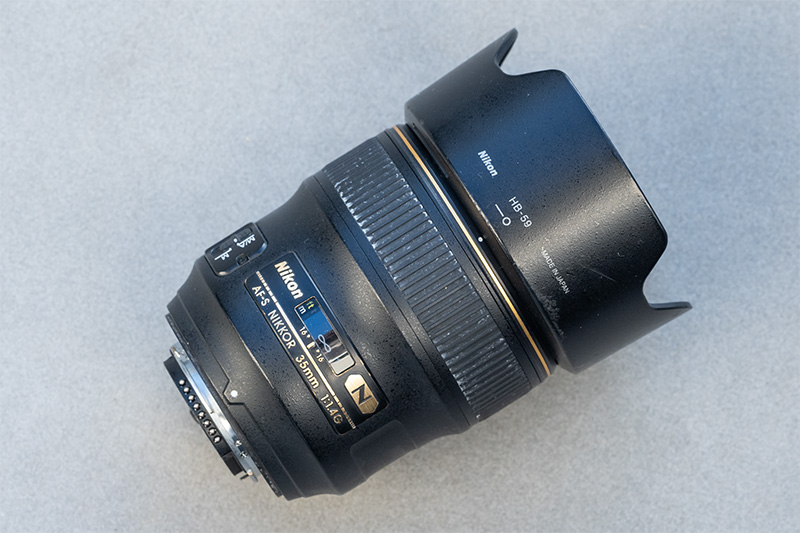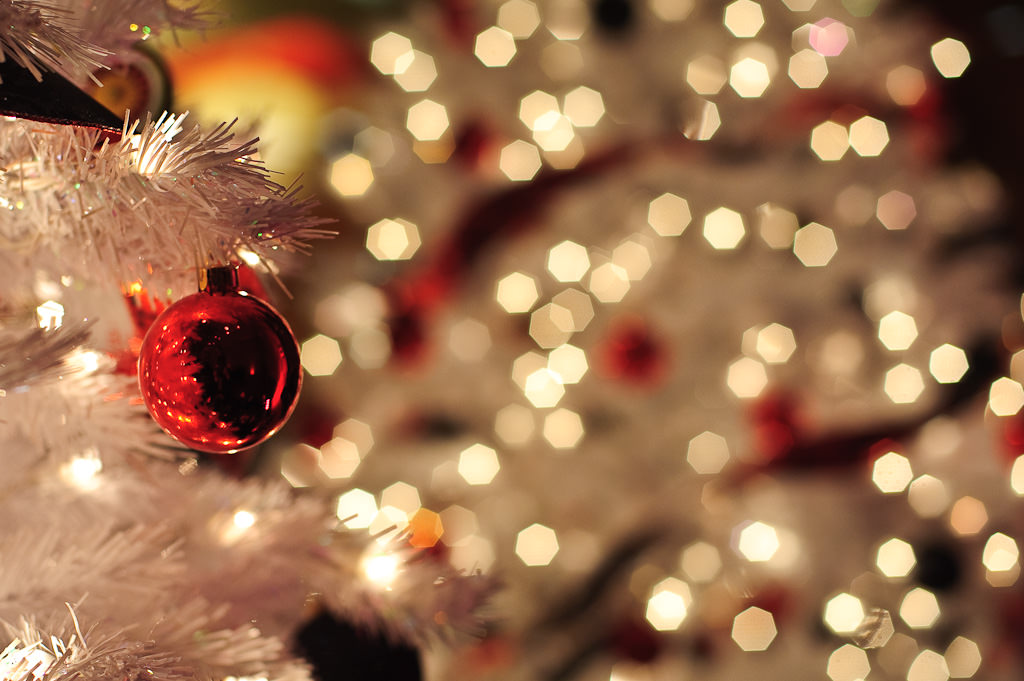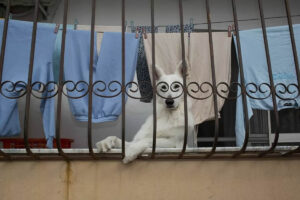![]()
Friend of PetaPixel and Cameralabs founder Gordon Laing is back with another entry in his excellent Retro Review series. Laing’s latest target is Nikon’s 2005 APS-C camera, the Nikon D200.
Slotting in between Nikon’s entry-level DSLR models and its professional cameras, which were also APS-C at the time (Nikon’s first full-frame camera, the D3, wouldn’t arrive until 2007), the Nikon D200 is a camera built for enthusiasts and semi-professionals. As Laing describes it, the D200 is a “step-up over the more consumer-focused double-digit models like the D70 or D80, and a taste of the single digit pro bodies like the D1 or D2 without their cost or heft.”
In typical Retro Review fashion, Laing scored an incredible deal on a used D200, buying one in great condition — with the original box included — from MPB for around $100. What a steal.
![]()
The D200, like many Nikon cameras from that era, holds some appeal even today thanks to its use of a CCD sensor. While the CMOS image sensors ubiquitous today are great, some photographers still prefer the look of CCD sensors. As Laing notes, the D200’s new-at-the-time 10.2-megapixel CCD sensor (23.6 by 15.8 millimeters) gives the camera lasting appeal for collectors and digital camera enthusiasts.
“This sensor technology coupled with its filter array and image processing delivers attractive images with a unique look compared to modern cameras that some find very appealing,” writes Laing.
![]()
The D200 may be long in the tooth, nearing its 20th birthday, but Nikon’s general design language didn’t change all that much during the DSLR era. Arguably, much of what makes the D200 feel so solid and good in the hand carried through to the D300 and D500, and now even Nikon’s smaller, sleeker mirrorless cameras. The D200 is a chunky camera by modern standards, but sturdy.
Like many of Laing’s retro camera reviews, he contextualizes the D200 by today’s standards given its approachable price point. The D200 has a lot going for it. Even though 10 megapixels isn’t a lot, it’s plenty of many applications, including some reasonably large prints. The image quality is good, and thanks to the CCD sensor, it is distinct.
Further, the D200 uses Nikon’s F mount, giving the D200 access to a massive library of lenses, including a lot of older film ones that are easy to find for dirt-cheap, including a Nikkor 50mm f/1.4 AI-S that Laing reviewed earlier this year. While it’s a manual focus lens, it will work on the D200.
![]()
“I loved shooting with the D200 back in the mid-2000’s, and almost two decades later it remains a joy to use,” Laing concludes. The complete “Nikon D200 Retro Review” has a lot of significant insight, expansive hands-on reporting, and many more great real-world photographs. Additional entries in Laing’s Retro Review series are available on his YouTube channel, Dino Bytes by Gordon Laing.
Image credits: All images © Gordon Laing / Cameralabs








 English (US) ·
English (US) ·